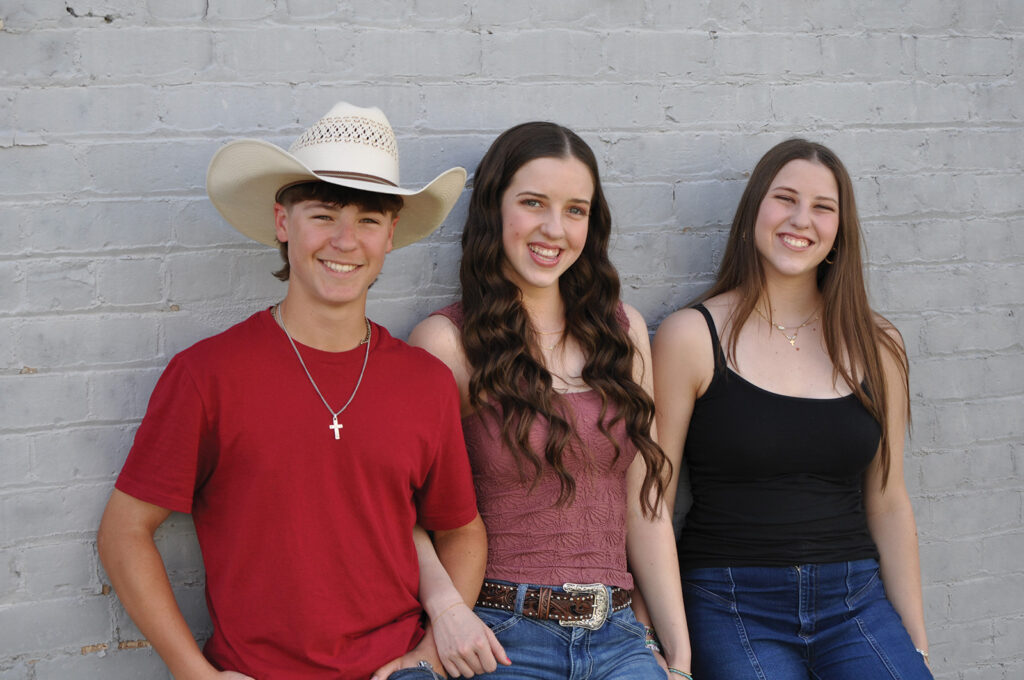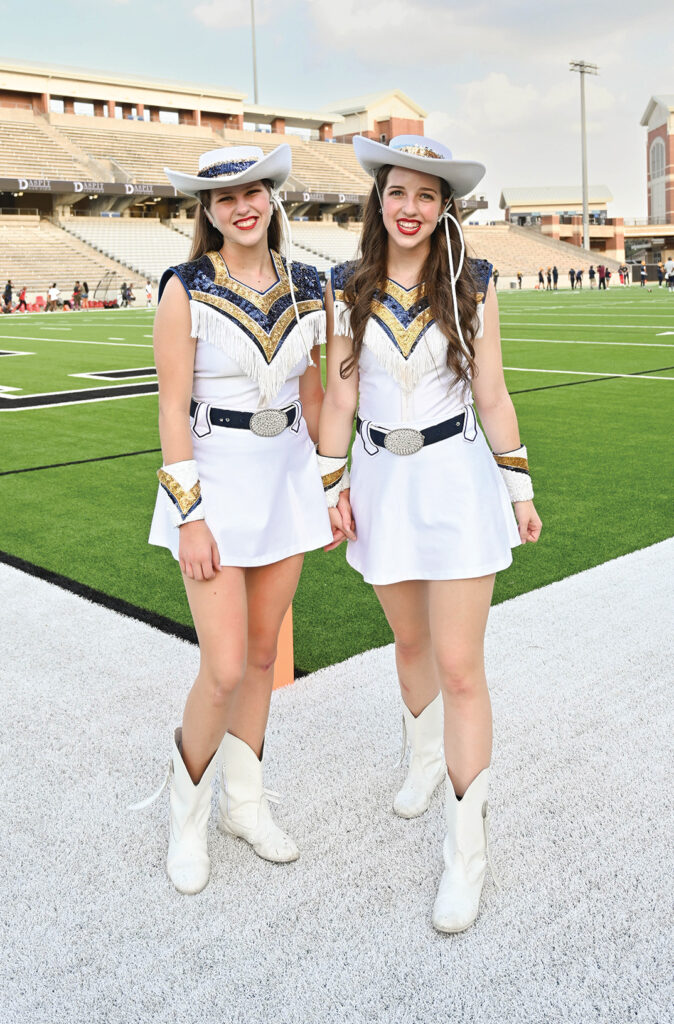As shared by Macy Kleihege – Photos by Brooke Blackshear Media
I used to be a normal little girl, sweet and smart. But when I was six years old, the unthinkable happened. One night I went to bed with a stomach bug and a migraine, and the next day I woke up in a hospital bed with a brain tumor. Within 24 hours, I was diagnosed with epilepsy and a cavernous malformation in my brain.
Seizures may be common, but nothing about it is normal. It’s one of those things that comes with little warning and zero ability to stop. There is a sense of panic as you begin to lose control. As you cling to reality, the world closes in, and within seconds you are lost. Afterwards, there are terrible symptoms, from headaches to vomiting, and overwhelming feelings of guilt and shame. My seizures are triggered by a cavernous malformation, which is a cluster of abnormal blood vessels that leak blood. The most frustrating thing is that it drips and leaks like a broken faucet, with no warning and no way to stop the bleeding.
I spent the next several years in and out of ICU. I constantly felt ill and I was no longer the same kid. I had to stop dance classes, and I was suddenly unable to read or do simple math. On any given day, I would have four seizures in two hours, even with rescue medications. My parents struggled just as much. They were juggling work, doctor appointments, and medical bills, all while caring for my younger twin siblings. They spent countless hours researching and trying to decide the best possible treatments. We went for second opinions and underwent hundreds of tests. And although it was my disease, it affected everyone. I watched my parents, siblings, grandparents, teachers, and friends all struggle to cope with my disease and yet they just kept finding the strength to persevere.

Being a child made it hard to understand what was happening, but I was still young and saw things from a kid’s perspective. For instance, don’t let anyone tell you there aren’t perks to growing up in a hospital. First off, there is more apple juice than you can dream of. Secondly, when it is your birthday, the nurses can’t say no when you eat red velvet birthday cake for breakfast, lunch, and dinner. However, the absolute best part of being a hospital kid is the things you get to do once you get out of the hospital. For me, that was Camp for All.
The goal of Camp for All is to allow kids with disabilities the opportunity to experience the iconic American summer camp. My parents never had to worry about me because all the counselors were trained in seizure first aid and the amount of licensed medical professionals almost outnumbered all the registered campers. If I had a seizure at camp, they wouldn’t send me home as if I were at a regular camp.
A typical day started with crawling out of your bunk bed to the High School Musical Soundtrack blaring on the speakers. Following breakfast, we recorded our own karaoke tracks like pop stars, flew down the zipline a hundred times, and convinced the boys that they desperately needed Barbie makeovers, which honestly was my highlight of the entire week. After lunch, we would hit the pool, climb around on the ropes course, and then finish our day with a dance party. It was identical to the thousands of other summer camps scattered across the country, but built specifically for kids with disabilities. Because of my disability, there was so much of normal life that I missed out on, but through Camp for All, I was given a chance to be a normal kid. Although epilepsy is one of the most common neurological diseases, I still felt so alone during my diagnosis. However, being at camp allowed me to connect with other people who had the same experiences as me and step out of my comfort zone to discover the importance of courage. I learned that I did not have to live a life of being different and excluded.

Those experiences unknowingly helped pave the way for the next steps in my journey. Going into my freshman year, I auditioned for the high school varsity drill team. After a week of grueling tryouts, I did not make the team. I was upset that I was not on that field performing, where I knew I was supposed to be. But instead of letting my emotions consume me, I used them to my advantage. Over the next year, I put in long hours at my local dance studio learning new skills and perfecting my technique. I wasn’t going to let my disability defeat my determination. Now, I’m in my senior year as a third-year drill team member and a second-year officer. By finding the courage to work hard for one goal, I ended up achieving more than I ever thought possible.
Having a leadership position taught me several things. Being a leader is not about modeling perfection, it’s about demonstrating loyalty, tenacity, and courage. Stepping up to a challenge, especially when it is scary or hard, demonstrates that perfection does not succeed, courage does. Serving as Classics Rookie Wrangler and Historian, I learned the true definition of servant leadership. Putting others first isn’t easy and requires sacrifice and selflessness. But coincidentally, serving others floods our brains with dopamine and makes us feel rewarded and happy. It drives us to do more selfless acts of service and build up our community.
Outside of school, I have been heavily involved in my church and community. From volunteering with The Reagan Project packing food for families to cleaning headstones of fallen veterans with the Children of the American Revolution, serving others has been ingrained in my family. One of my favorite opportunities is UM ARMY, a mission outreach ministry provided by youth who work in the community to serve the underprivileged population. Each day for a week, we spent over eight hours in the July Texas heat building wheelchair ramps for people who had not left their homes in months. We slept very little on deflated air mattresses in church classrooms and still got up each day to do it all over again. We used power saws and drills, measured angles and lines, and tried not to chop off our fingers while building stable structures as we stepped out to help the unseen and overlooked.
My disability is hidden most of the time, but having epilepsy and a cavernous malformation presents challenges and struggles. Before my diagnosis, learning came easy. However, after my brain hemorrhage and epilepsy diagnosis, it took longer to learn new skills, more time to absorb the information, and more critical thinking to demonstrate my knowledge. There were times when I felt like a failure. But a spark ignited inside of me and again, I wasn’t going to let my disability defeat my determination. I sought tutoring and extra resources, and I proudly earned A/B honor roll every semester of high school and was accepted into the National Honor Society and National Social Studies Honor Society. I recently achieved my dream of being accepted to Texas A&M University. Through all of this, I learned to self-advocate and be open about what I needed as a person with disabilities to be successful, a life lesson I will always carry with me.

My past experiences in leadership and service have equipped me with the characteristics and skills needed to be an advocate for disabilities such as epilepsy and cavernous malformations. I plan to attend Texas A&M University in the fall and will pursue a degree in agriculture economics. My focus is to research the impact food has on our bodies, including gut and brain health. The well-being and longevity of people, especially those living with epilepsy and cavernous malformations, is directly affected by the clean, sustainable foods they consume. With ongoing research, we are learning that nutrition plays a far greater role in neurological health than originally thought. I want to be a part of these discoveries and be an advocate for those with disabilities.
I am resilient in every struggle, and I find a silver lining in every hardship. Unlike most of my peers today, I do not take opportunities for granted. There is a neurological phenomenon called the seven-minute replay, in which there is recorded brain activity up to seven minutes after a heart stops beating. During this time, neurotransmitters light up our brains like fireworks, causing our minds to replay our memories like a movie. Knowing I get a seven-minute replay of my life, I want to look back on a life full of service, courage, and hope.





